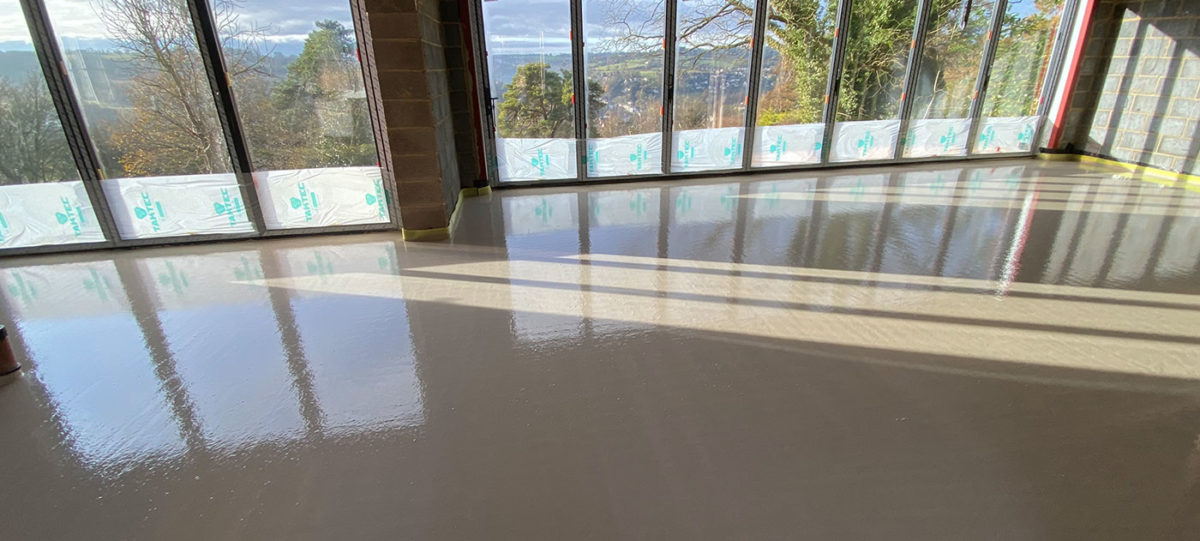When designing a new build or refurbishment scheme, one of the most crucial but frequently underappreciated choices is what your final floor finish sits upon. Whether screed or subfloor preparation will be used greatly influences the life expectancy, energy efficiency, and appearance of your flooring — particularly in regions such as Derbyshire, where dwellings vary from rural cottages to modern commercial complexes.
At UK Screeds Ltd., we’re asked every day how cement screed in Derbyshire measures up against the rest of the flooring base solutions. Here, we look at cement screed vs alternatives in a bit more detail to assist you with making the best decision for your next project.
Why Cement Screed Continues to be a First Option
Cement screed has been a go-to for many contractors, architects, and building owners in Derbyshire — and not just because of tradition. The time-tested material provides a dense, tough, and solid base for nearly any kind of flooring cover. From the installation of ceramic tile, engineered wood, vinyl, or carpet, cement screed ensures an even surface that produces a quality finish.
One of the largest benefits of employing cement screed in Derbyshire is that it has enormous compressive strength and durability for the long term. It’s an especially effective choice for residential and commercial premises that have anticipated high footfall or load points.
How Does It Compare to Other Subfloor Options?
- Dry Sand-Cement Mixes
Dry-mixed screeds, which tend to be utilized for small-scale or patchworks, are labour-intensive and more susceptible to irregularities if they are not properly mixed or laid. For big areas, old-fashioned cement screed — mixed with the appropriate proportions and laid professionally — produces a stronger, more uniform finish with fewer defects.
- Anhydrite (Liquid) Screed
A more favoured substitute, particularly on new build schemes, anhydrite screed, is a flowing liquid screed with quick installation and superior heat transfer properties — ideal for underfloor heating. However, it has longer drying times and surface preparation prior to tiling and is not adaptable to all on-site conditions. Cement screed, on the other hand, is less critical and broadly compatible with a range of finishes and adhesives.
Conclusion: Finding the Balance
Selecting between cement screed in Derbyshire and a substitute is predominantly based on building type, project schedule, cost, and choice of flooring. At UK Screeds Ltd., we consult extensively with clients to evaluate their unique requirements and propose the most suitable solution — whether that be a traditional screed, a liquid alternative, or a system blend.








